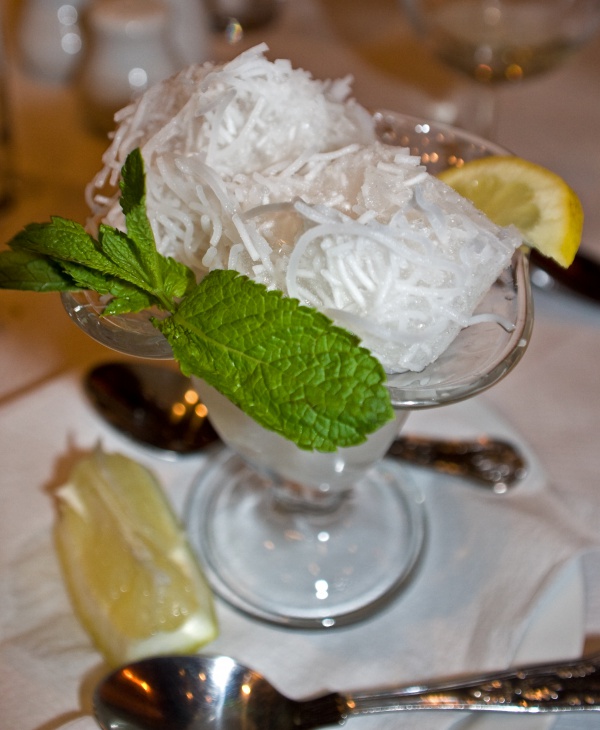Facts About Faloodeh
Faloodeh, also known as Paloodeh, is a delightful traditional Iranian dessert that's perfect for cooling down on a hot day. It’s akin to sorbet but with a unique twist: it features thin, vermicelli-like noodles made from starch, all mixed into a semi-frozen syrup infused with sugar and rose water. To give it an extra zing, it’s often served with a splash of lime juice and sometimes topped with ground pistachios for added crunch.
In Iran, faloodeh is readily available in ice cream shops and coffee houses. It comes in a variety of flavors such as pistachio, saffron, rosewater, and honey. It is often paired with bastani sonnati, a traditional Persian ice cream. One of the most renowned variations is the Shirazi faloodeh, originating from the city of Shiraz.
The name "paloodeh" comes from the Persian verb "paloodan" which means to refine. After the Arab conquest of Iran, the word evolved into "faloodeh" due to the Arabic language's lack of a particular phoneme found in Persian. Later, during the 16th to 18th centuries, Mughal rulers in South Asia were inspired by faloodeh to create their own cold dessert drink called falooda.
Making faloodeh is an art. A thin batter made from starch (such as potatoes, arrowroot, maize, or rice) is cooked and then pressed through a sieve to create delicate noodle-like strings. These are then chilled in ice water. Once cooled, the noodles are mixed with a syrup blend and quickly chilled until the syrup partially freezes, creating that refreshing, semi-frozen texture that makes faloodeh so special.

 Turkmenistan
Turkmenistan